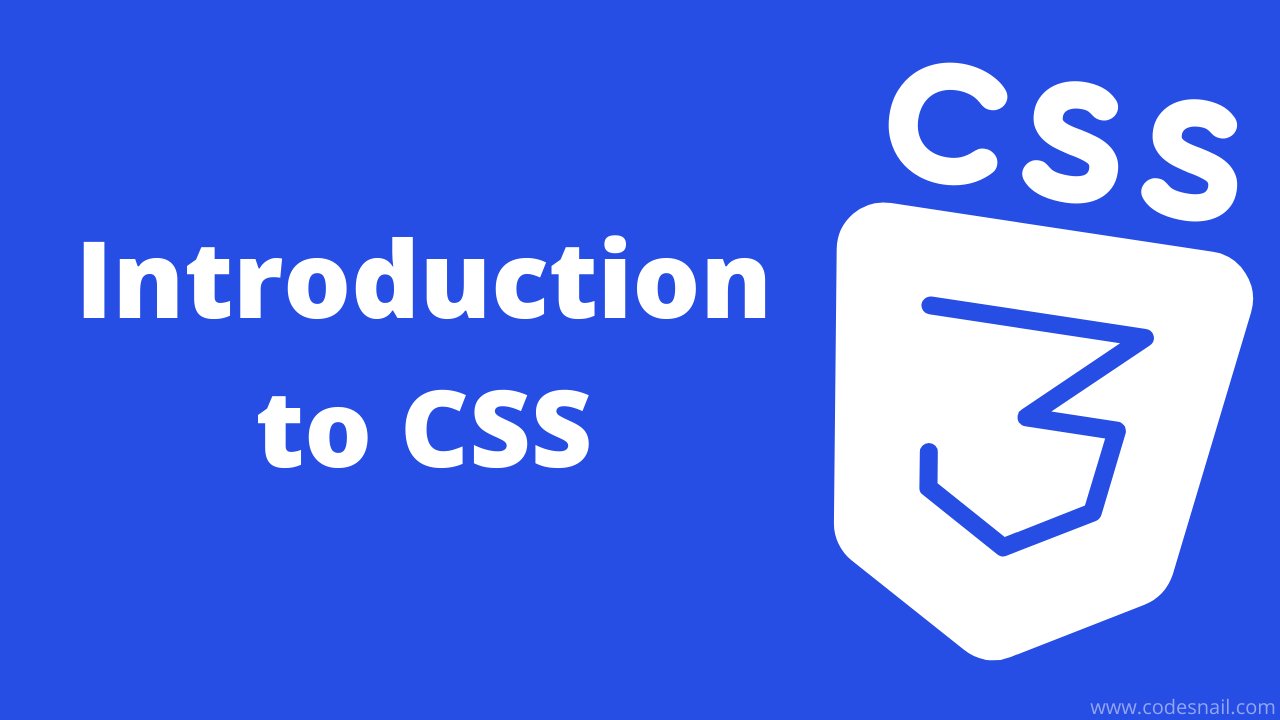CSS first steps overview
CSS (Cascading Style Sheets) is used to style and lay out web pages — for example, to alter the font, color, size, and spacing of your content, split it into multiple columns, or add animations and other decorative features. This module provides a gentle beginning to your path towards CSS mastery with the basics of how it works, what the syntax looks like, and how you can start using it to add styling to HTML.
Looking to become a front-end web developer?
We have put together a course that includes all the essential information you need to work towards your goal.
Prerequisites
Before starting this module, you should have:
- Basic familiarity with using computers and using the Web passively (i.e. looking at it, consuming the content.)
- A basic work environment set up, as detailed in Installing basic software, and an understanding of how to create and manage files, as detailed in Dealing with files.
- Basic familiarity with HTML, as discussed in the Introduction to HTML module.
Note: If you are working on a computer/tablet/other device where you don't have the ability to create your own files, you could try out (most of) the code examples in an online coding program such as JSBin or Glitch.
Guides
This module contains the following articles, which will take you through all the basic theory of CSS, and provide opportunities for you to test out some skills.
CSS (Cascading Style Sheets) allows you to create great-looking web pages, but how does it work under the hood? This article explains what CSS is with a simple syntax example and also covers some key terms about the language.
In this article, we will take a simple HTML document and apply CSS to it, learning some practical things about the language along the way.
Now that you have an idea about what CSS is and the basics of using it, it is time to look a little deeper into the structure of the language itself. We have already met many of the concepts discussed here; you can return to this one to recap if you find any later concepts confusing.
We have learned the basics of CSS, what it is for, and how to write simple stylesheets. In this article, we will take a look at how a browser takes CSS and HTML and turns that into a webpage.
Assessments
The following assessment will test your understanding of the CSS basics covered in the guides above.
With the things you have learned in the last few articles, you should find that you can format simple text documents using CSS to add your own style to them. This assessment gives you a chance to do that.
Found a problem with this page?
- Edit on GitHub
- Source on GitHub
- Report a problem with this content on GitHub
- Want to fix the problem yourself? See our Contribution guide.
Last modified: Apr 12, 2022, by MDN contributors
Blog information
- Category: HTML & CSS
- Author: Kyaw Soe Hla
- Published date: Jul 23, 2022
- Tags: #css #html

